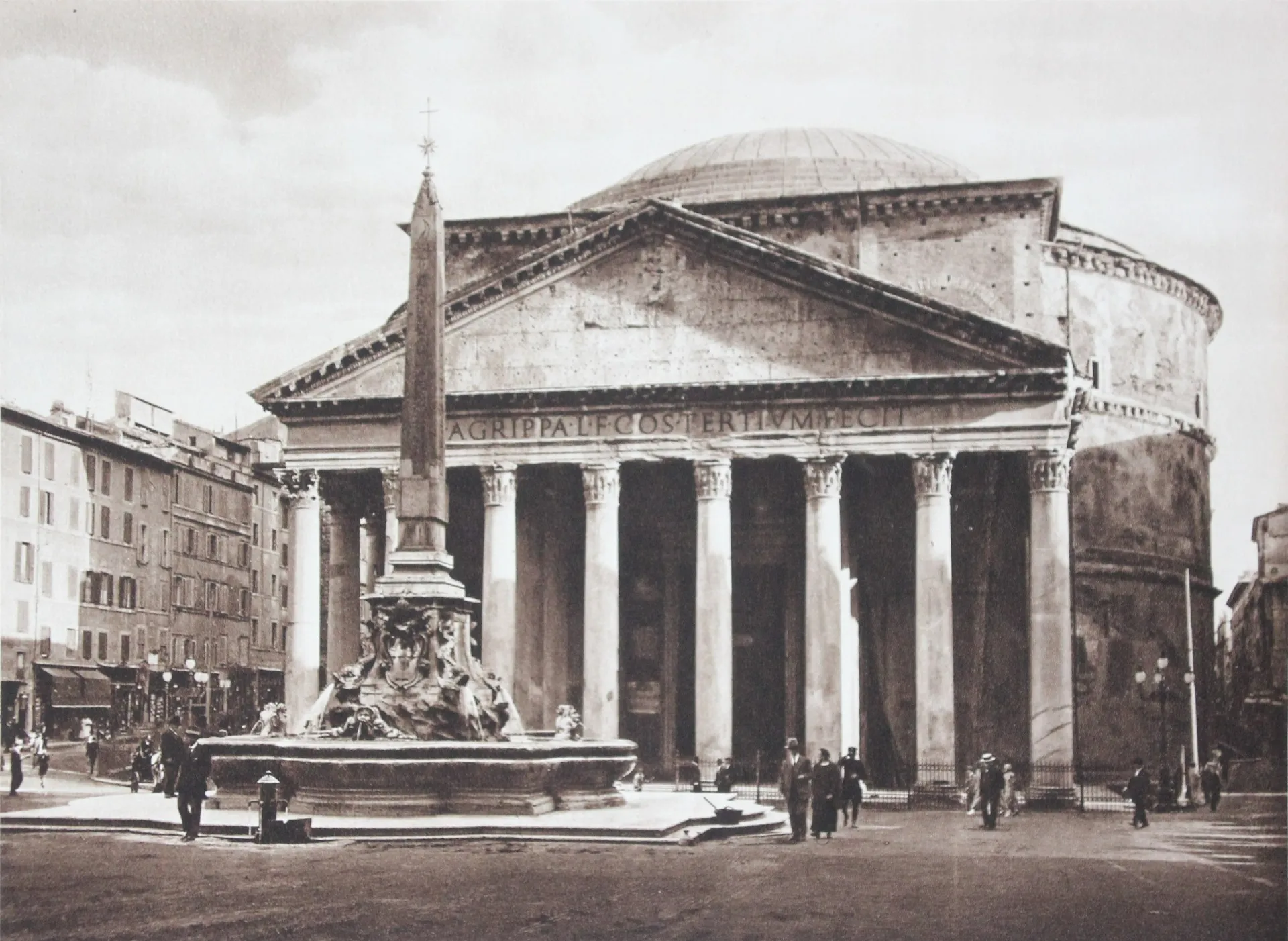Back to history
tombs
Pantheon Tombs – Raphael and Italian Royal Burials Explained
Pantheon tomb guide: Raphael’s epitaph, Italian monarch burials, memorial rituals, criteria of honor, and respectful visiting etiquette.
11/7/2025
12 min read

Burials inside the Pantheon represent layered honor systems—artistic genius and national sovereignty.
1. Raphael’s Selection
- Chosen partly for symbolic union of classical antiquity and Renaissance rebirth.
- Tomb design integrates classical austerity rather than flamboyant Baroque.
2. Royal Tomb Rationale
- Post-unification Italy sought monumental legitimacy; Pantheon offered Roman continuity.
- Placement fosters civic pilgrimage—school groups study constitutional monarchy origins.
3. Ritual Calendar
- Anniversaries: wreath ceremonies; quiet solemnity requested.
- Art commemorations: floral tributes create transient color installations.
4. Epitaph Language
- Latin and Italian mix: bridges universal classical heritage with national vernacular identity.
5. Etiquette
- Avoid leaning on barriers; brief photo then step aside.
- Maintain subdued tone—staff intervene if crowd stalls circulation.
6. Interpretive Tip
- Compare stylistic restraint of tombs with exuberance of later 19th c. national monuments—Pantheon tombs deliberately understate to respect spatial harmony.
Bottom Line
Tombs crystallize the Pantheon’s role as a nexus of art veneration and civic memory—each inscription a small dialogue between past and present Rome.
About the Author

Cultural Historian
I wrote this guide to help you experience the Pantheon without stress — with clear tickets, insider tips and the highlights you shouldn't miss.
Tags
Raphael
Italian kings
tombs
memorial
Pantheon burials
Comments (0)
Leave a Comment
Loading comments...